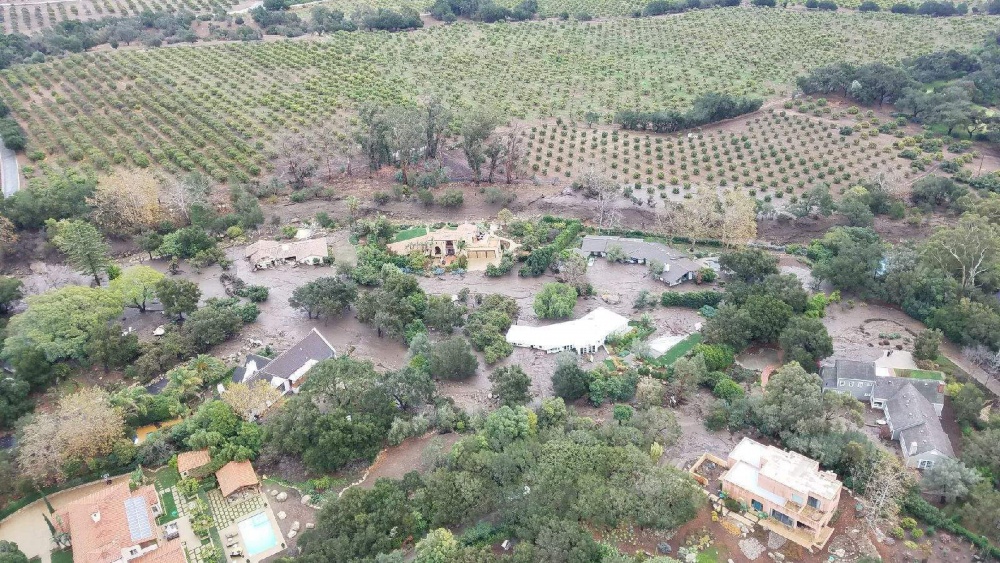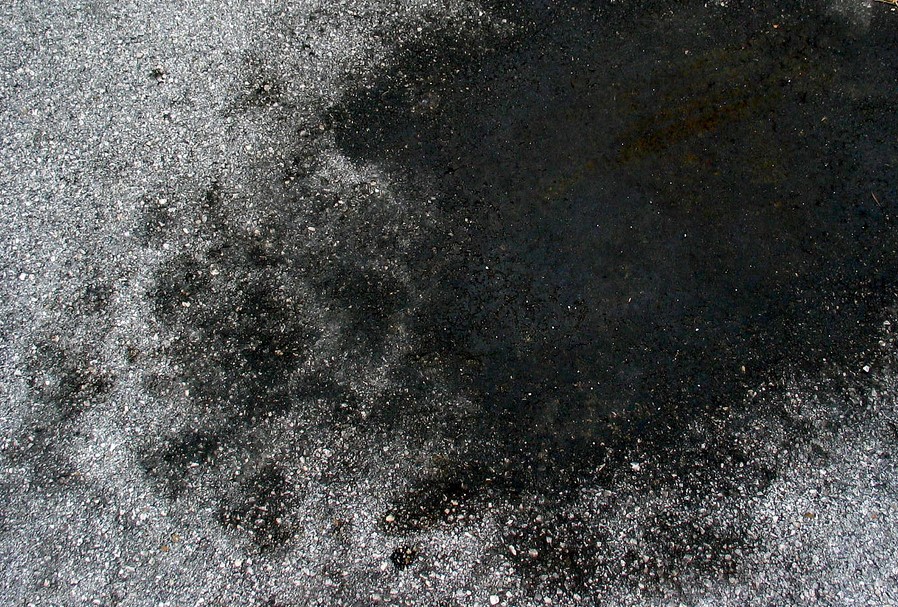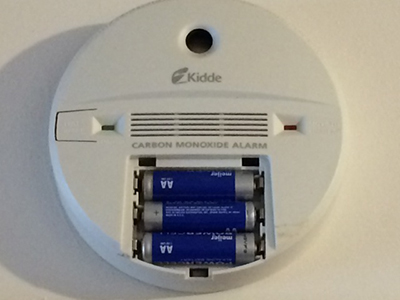Safety Tips for Monsoon Season in Arizona
Earlier this July, a monsoon descended on the Phoenix, AZ area and brought heavy rain, thunder, lightning, strong winds, and a wall of dust that blocked out the daylight. The storm was severe enough to ground flights at Phoenix Sky Harbor International Airport and leave 30,000 people in Mesa and Apache Junction without power. The monsoon also caused significant property damage to homes and buildings. Those who live in an area that is vulnerable to monsoons must understand what these storms are capable of and how they can keep themselves and their property protected.
What is a Monsoon?
A monsoon is not technically a storm, but a weather condition in which the winds reverse and the precipitation changes. These changes in weather patterns are seasonal and consist of a dry phase and wet phase. When most people think of monsoons, they think of the wet phase when the storms featuring strong winds, heavy rain, and dust walls occur.
In the American Southwest, monsoon season causes a partial reversal of the dry winds that typically come from the west and southwest. The winds instead blow to the south and southeast and bring moisture from the Gulf of California to the area. The increase in moisture in the usually dry southwestern desert with the high summer temperatures is what triggers the storms of the monsoon. The National Weather Service declares the southwest U.S. monsoon season to begin June 15 and end September 30. During monsoon season, everyone in these areas must be on alert.
What Happens During a Monsoon Storm?
Typically, storms during monsoon season consist of a combination of powerful winds, heavy rain, thunder, lightning, and dust. A severe storm can occur very quickly during monsoon season which is why residents in the area must be on alert. Not all monsoon storms are quite the same, there are a few types of monsoon storms with different characteristics:
-
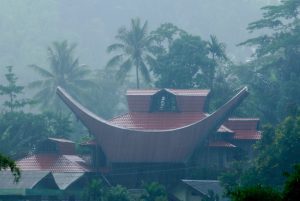
Typically, storms during monsoon season in Arizona, consist of a combination of powerful winds, heavy rain, thunder, lightning, and dust.
Microburst: A microburst is a type of monsoon storm that forms very quickly, hence its name. The main characteristic of a microburst is the rotating, tornado-like winds that are produced. These winds can pick up and throw debris which makes them very dangerous.
- Haboob: A haboob is a storm that includes a dust wall along with heavy rain and wind. Haboobs occur when air is pushed downward towards the ground and then pushed forward by a thunderstorm. The air continues to accumulate dust as it moves over the ground.
- Flash Floods: Flash floodingFlooding is the overflow or accumulation of water in areas t... More is one of the most dangerous effects of monsoons storms. This occurs because the monsoon storms cause heavy downpours in a short period of time and the ground is baked hard from the sun so it cannot absorb the rain water. As a result, water will move across the hard ground, roads, and walkways. You must avoid walking and driving in areas that are affected by flash floods.
Safety Tips for Monsoon Season
There are so many elements of a monsoon storm that can cause problems including heavy rain that leads to flash floodingFlooding is the overflow or accumulation of water in areas t... More and strong winds that leadLead is a heavy metal that can be toxic to humans, especiall... More to property damage. The following tips will help you protect yourself and your property from the most damaging elements of a monsoon storm.
Flash Floods
The best way to protect your property from the effects of a flash flood is to set up sandbags to divert the water away from your home. Residents in the Phoenix area can get free sand from local fire stations. The government of Mesa, AZ has a guide in their website that explains the most effective ways to use sandbags to keep flood waters out of your home. You should also be prepared to evacuate to higher ground in case local authorities urge you to evacuate.
If you are driving and you come across flood water, you must be very cautious. Around half of all flood related fatalities occur as a result of driving through flood water. You should never drive through a flooded road because you never know how deep or powerful the water can be. Between 1 and 2 feet of moving flood water is enough to move vehicles. You should never drive around flood barricades either because you could encounter dangerous floodingFlooding is the overflow or accumulation of water in areas t... More passed the barricades.
Thunder and Lightning
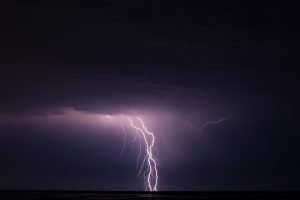
The thunder and lightning in Arizona monsoon storms can be intense.
The thunder and lightning in monsoon storms can be intense. If there is thunder, then there is also lightning in the area. Make sure you find somewhere to take shelter from lightning such as your home, a building, or vehicle with a hard top. You should also avoid using landline telephones and showering during the storm because telephone lines and metal pipes conduct electricity. If your pets are outside when a storm begins, bring them in immediately.
Strong Winds
The winds of a monsoon storm can range anywhere from 40 to 100 miles per hour. These winds are strong enough to break windows, knock over trees and powerlines, and tip large vehicles like semi-trucks and buses. If the wind picks up while you are in your home, move to an interior room where there are no outside windows. At the beginning of monsoon season, you should take note of trees and other objects in your yard that could be dangerous during a monsoon. If you are driving when the wind gets bad, slow down and do your best to control the steering of your vehicle.
Dust Storms
You should be safe from a dust storm indoors, but it can be dangerous to encounter a dust storm while driving. If this occurs, you must pullover immediately, put your vehicle in park, turn off the lights, and keep your foot off the brake pedal. It is important for all the lights on your vehicle to be off, including your brake lights, so other drivers don’t assume that you are driving and try following you. After a dust storm, you should clean the smoke detectors in your home because the dust can get into them and clog them.
Professional Storm Damage RestorationRestoration is the process of returning a property to its pr... More
If it is monsoon season in your area, make sure you are prepared to react to monsoon storm conditions to protect yourself and your property. It is best to stay indoors if a storm is expected and you should also avoid driving if possible until the storm has ended. After a monsoon storm passes, you should check your property for damage and contact a restorationRestoration is the process of returning a property to its pr... More professional if your property sustains floodingFlooding is the overflow or accumulation of water in areas t... More or physical damage. Professionals who specialize in water damage restoration and construction services can remove the flood water from your property and get our home or building rebuilt to its previous condition.










